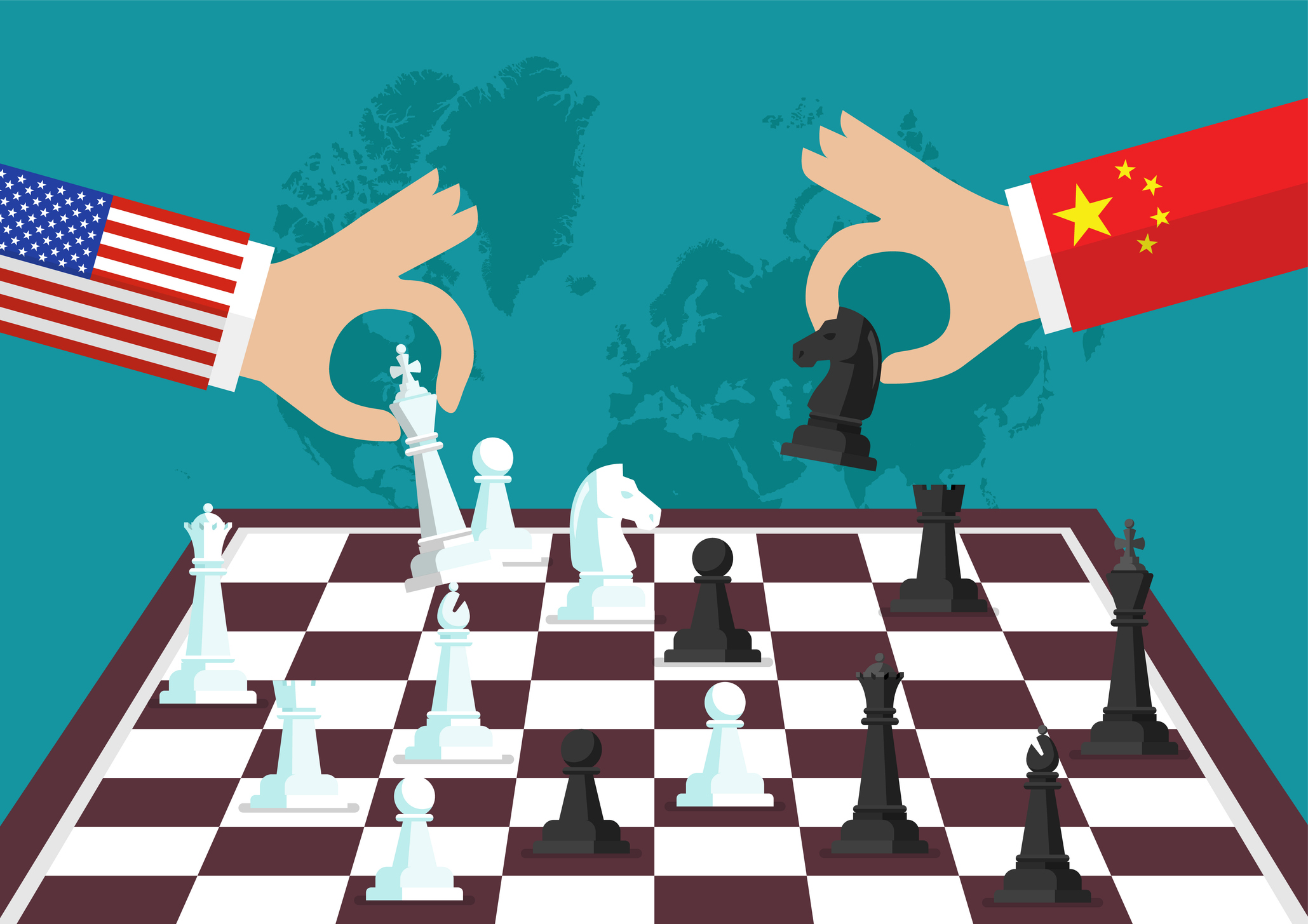
The United States’ balance of power in the Asia-Pacific is reliant on the strategy of distribution of power to create reliable resilient counterbalancing regional structures against competitor’s influence. The Biden administration’s ‘Indo-Pacific Strategy’ designated the intermediate role of the US allies as agents in US reassuring efforts in the region, recognizing the critical significance of integrated deterrence. Primarily, it is the allies of the United States who stand to gain from this approach, potentially enhancing their resilience and strategic autonomy within their respective regional security landscapes.
These US-led initiatives herald a shift in the Asia-Pacific region toward a more robust, multipolar security architecture, with Philippines, Japan and Australia taking major positions alongside ASEAN and India in the region. Australia and Japan have actively contributed to shaping the United States’ Asia-Pacific security architecture, leveraging strategic initiatives and collaborative efforts to enhance their defense capabilities. Australia’s commissioning of assets such as HMAS Stalwart, participation in strategic interoperability networks like the “Exchange of Naval Nuclear Propulsion Information Agreement,” and involvement in the AUKUS pact for acquiring advanced nuclear submarines demonstrate its commitment to bolstering its military capabilities. Similarly, Japan’s pursuit of a normalized security policy, evidenced by the JA-RAA, and its efforts to forge a “security nexus” in the Indo-Pacific underscore its dedication to enhancing its strategic prowess. Both nations have engaged in bilateral and multilateral collaborations with major powers to strengthen their defense capabilities, including the deployment of critical weapons systems such as anti-ship missiles. Negotiations regarding the deployment of long-range missiles along the first island chain, spanning from the Japanese archipelago to the Philippines, further emphasize their proactive approach to fortifying regional deterrence and resilience. It is noteworthy that ASEAN transitioned from Cold War neutrality to a cautious posture of impartiality in the face of the region’s growing multipolarity.
To assess US allies’ autonomy within this robust security framework, it is required to improve their capacities to develop regional deterrence frameworks and use deterrence by denial strategy to assert mutual influence—a two-way agreement between the US allies and the US intended to foster greater resilience in the region against Chinese influence. For instance, the Chinese strategy of integrated deterrence preceded the Americans and prioritizing Pakistan has been based on the fact that Pakistan, is well-positioned to manage US-China competition given its strategic proximity to China. This strategy becomes increasingly viable, especially now that India has been nominated as a similar regional partner and not ally for the United States, subject to the country’s comprehensive capabilities as evidenced by the US-India bilateral defense agreements. Still, India is reluctant to cede its strategic independence while enjoying the benefits of a strategic partnership between the US and India, two “equals” in the Indian perspective. India has been acquiring advanced technology and weaponry through their cooperation. The United States careful categorization of India as ‘a partner and not ally’ admits the trust-deficit and limitations of their relationship.
Previously, the United States’ allies had been dependent on the commitment of collective defence and security of the United States, exclusively. Regardless today, they are strengthening their own spectrum of capabilities with the help of acquiring advanced technologies, notably in the domains of military and defence, being part of the US allies’ network. Though initially supporting US deterrence efforts, this strategic augmentation may eventually cause US allies to become less reliant on the existing US-led regional order in the Asia Pacific.
In the ongoing great power competition in the Asia Pacific, Integrated deterrence mechanisms are designed to function as a middle ground between punishment alongside denial measures. Integrating to boost the range of the allied states’ capacity to withstand the influence of competitors, it operationalizes the full-spectrum deterrence framework. Perhaps the primary factor propelling this shift is the noteworthy degree of multilateralism.
